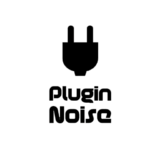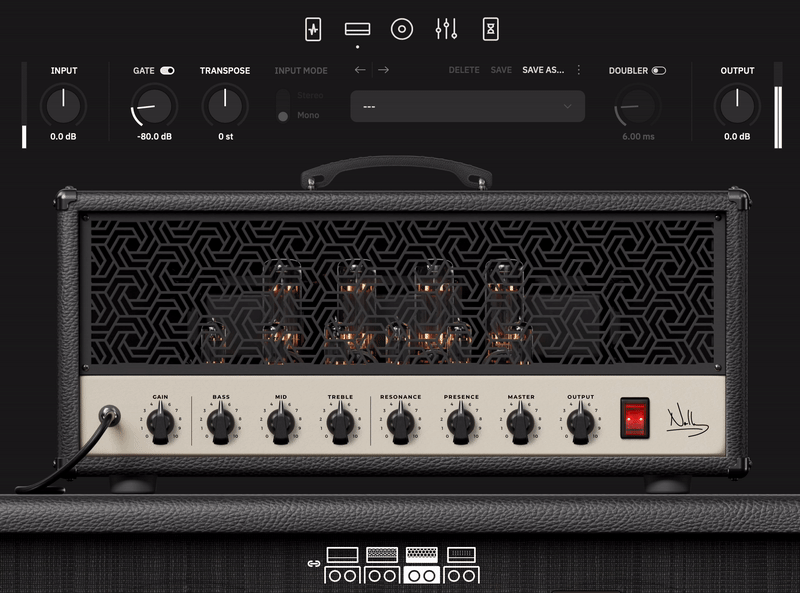Neural DSP plugins deliver top-tier tonal quality and authentic amp emulation, capturing the nuance of real hardware. Their versatile presets and intuitive workflow make them a must-have for serious tone chasers, even if a few minor quirks remain
Price
Pros
- Highly versatile with a deep preset library that delivers studio-quality tones
- Intuitive interface and realistic amp modeling make it easy to dial in the perfect sound
- Flexible cab simulation and integrated effects add professional-grade depth
- Artis archetypes really close to the real-world guitarists' tones
- Standalone Apps as well as DAW plugins
Cons
- Preset saving and IR auditioning can be clunky and slow
- Some built-in effects may not match the stellar quality of the amp models
- Certain plugins might feel too specialized for non-targeted genres
- Pricey plugins
Today, the Neural DSP plugins are on the menu. Are they really worth the investment, or are they just another shiny toy in the digital world?
Guitarists, this one comes for you! The popular Neural DSP plugins have been turning heads with their realistic amp modeling and sleek interfaces for years. And if you are like me, always after the perfect tone, you might’ve wondered if they are worth the investment.
Imagine trying to decide whether to splurge on that fancy espresso machine that promises cafe-quality coffee at home; that’s a bit like choosing a Neural DSP plugin. They look impressive on paper and sound amazing in the demos, but do they really deliver once you plug in and play?
Well, after a long experience with some Neural DSP archetypes, I’ve come to appreciate both the highs and the quirks of these digital amp modelers. Long story short, they are pretty impressive with their tonal quality and authentic emulations.
So, today, I will be sharing my hands-on experience, including all the nerdy details and personal insights to help you decide whether you need these Neural DSP plugins or not. So, let’s stop wasting time and get down to it!
Features
As you know, Neural DSP plugins come in different archetypes, which means they are individual plugins with some amp models, cab options, and effects.
Here’s a quick features table of my favorite Neural DSP plugins.
| Plugin | Best For | Amp Models | Cab Options | Effects Count | Notable Pros | Notable Cons |
| Archetype: Nolly X | Versatility | 4 | 4 | 7 | Covers a wide range, from pristine cleans to searing leads; tons of presets crafted by pros | No easy way to save your favorite presets |
| Archetype: Gojira X | Metal | 3 | 3 | 9 | Crushing high-gain tones with a built-in whammy and octave effect for that extra bite | Primarily designed for metal; not as flexible for other genres |
| Archetype: Cory Wong X | Clean & Rock | 3 | 3 | 9 | Super clear, surgical clean tones with a bright, user-friendly interface | Doesn’t stretch into high-gain territory |
| Parallax X | Bass | 1 | 1 | 4 | Excellent for both clean and dirty bass tones with a deep EQ section | Lacks creative effects like chorus or modulation |
| Tone King Imperial MKII | Rock & Blues | 1 | 1 | 8 | Delivers a lifelike tube amp feel that’s perfect for classic rock and blues | Not built for high-gain, modern metal sounds |
| Archetype: Rabea X | Djent/Heavy Tones | 3 | 3 | 8 | Impeccable high-gain sounds with a built-in synth for extra sonic texture | Fixed signal chain order can be a bit limiting |
This table is a handy snapshot to help you determine which plugin suits your style and needs best. Whether you’re into versatile tones, crushing metal, or crystal-clear cleans, a Neural DSP plugin can hit the spot.
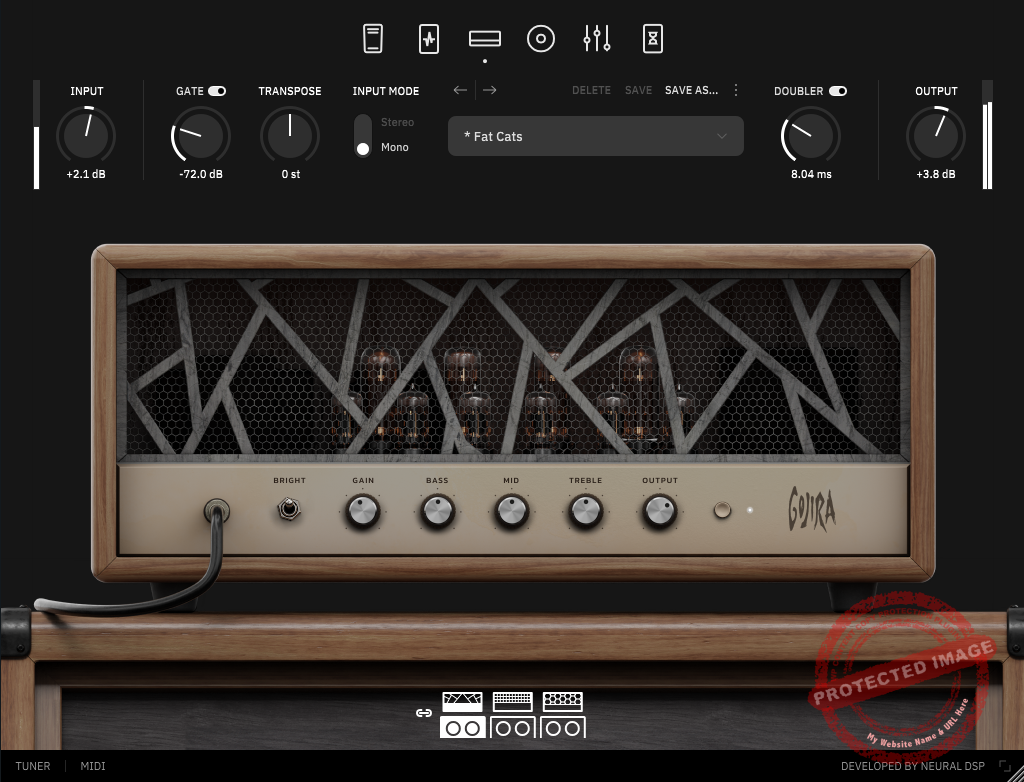
- Dynamic Amp Modeling
Neural DSP’s dynamic amp modeling is truly the heartbeat of the plugin collection. It dishes out a range of amp models from pristine cleans to face-melting high gain, so it feels like you’ve got an entire rack of vintage tube amps right on your laptop, ready to rock.
The way it mimics a real amp is pretty wild; each model responds to your playing dynamics, so your tone evolves naturally as you dig in or ease off. The biggest praise Neural receives is from the amp modeling department.
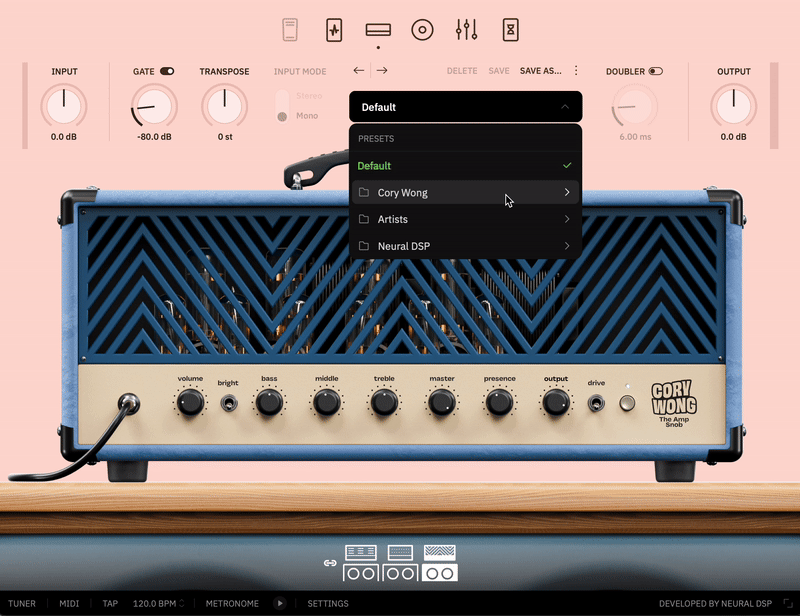
- Extensive Preset Library and Customization
One of the first things you’ll notice is the massive library of presets these plugins come with. And trust me, these presets aren’t just thrown together as they’re like secret family recipes, perfected by pros who know how to nail that perfect tone.
And if you love tweaking every little knob until it’s just right, you’re in luck because you can customize every parameter.
In the guitarist archetypes, you have presets created by the archetype guitarist. You can also save your favorite settings (even if the preset saving isn’t as slick as it could be sometimes) and mix and match to create a tone that’s uniquely yours.

- Flexible Cab Simulation & IR Options
The cabinet simulation and impulse response (IR) options are super handy for tone sculpting. With the power to simulate different cab configurations and mic placements, you can go from a tight, focused sound to a more ambient, spacious vibe with ease.
Think of it as having a mini recording studio where you can reposition your microphones on a whim without leaving your living room. Sure, auditioning third-party IRs might feel a bit clunky at times, but the built-in IRs give you that sweet control over your sound.

- Integrated Effects and Expression Controls
Neural DSP plugins come packed with a suite of effects that let you shape your sound further. From pre-amp stompbox effects like overdrive and compressor to post-amp goodies like delay and reverb, it’s like having an effects pedalboard built right into your plugin.
The expression controls add that extra punch, letting you throw in a whammy or octave pedal twist that makes your playing feel super live and expressive. It’s like having a multi-instrument setup right on your screen, ready to help you create a sound that’s as dynamic and lively as your best jam session.
Interface and Workflow
While all the Neural DSP archetypes collection have different GUI aesthetics, the workflow and interface design are similar.
Interface
When you fire up a Neural DSP plugin, it’s like walking into your favorite cozy café where everything is laid out in a neat, intuitive manner that immediately makes you feel at home.
The interface is modern yet friendly, with controls and menus that feel natural. I really like the designs, with realistic visuals and a smooth tone-shaping experience. Every section, from the pre-amp stompbox to the cab simulation and post-amp effects, is arranged logically, so you can easily find what you need without feeling overwhelmed.
I also like that the interface is pretty engaging, as every slider and dial is created with a touch of artistry and functionality in mind. Some units have nice animations and clear visual feedback, making the tweaking more efficient and enjoyable.
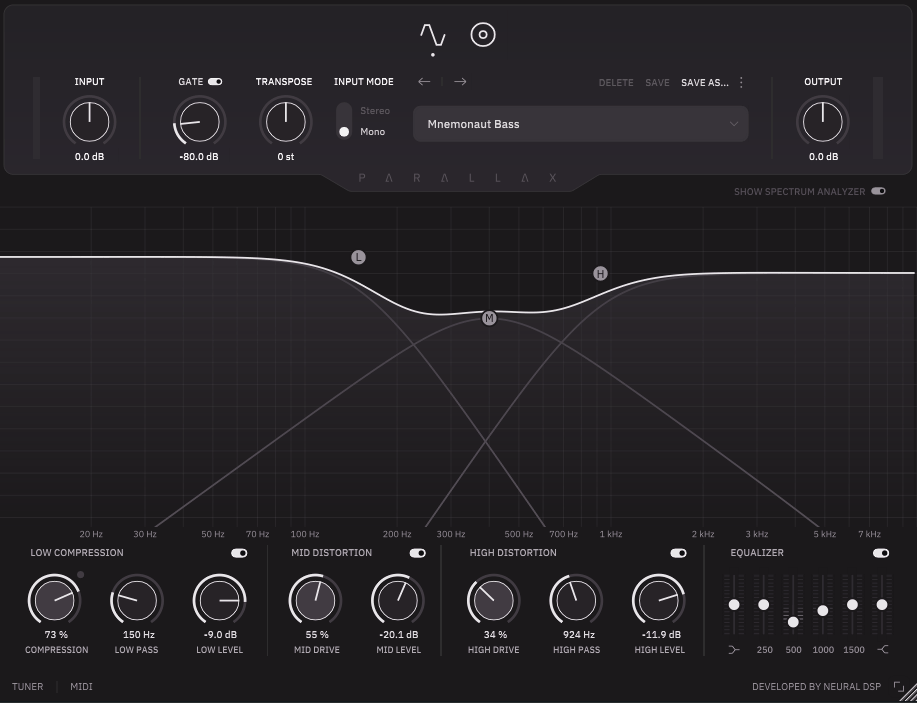
Workflow
Working with these plugins is a bit like following a well-tested recipe. You start at the top with your expression controls, move through the amp and cab sections, and finish off with post-amp effects, which keep everything streamlined and easy to navigate.
I find the Neural DSP workflow to be super user-friendly, which encourages you to experiment and tweak settings without losing your way, like having a digital pedalboard that’s as flexible. This intuitive workflow means you spend less time fiddling with settings and more time rocking out, making your creative sessions feel effortless and fun.
Another plus is the flexibility, as it allows for quick adjustments. If you’re in the middle of a jam and need to fine-tune your sound, you can do it with just one click. It’s like having your own digital sound lab that’s always ready to pivot.
First Impressions and Sound
First of all, I must say that each plugin in the Neural DSP Archetypes collection brings a different sonic flavor to the table. From the versatile punch of Archetype: Nolly X to the bone-crushing aggression of Archetype: Gojira X, the tonal range changes significantly.
That’s why I will talk about some individual plugins that stand out for me.
One of my favorites is the Nolly X, as it is an all-rounder tool offering warm singing cleans as well as gritty overdrive tones with nice clarity. The tones are pretty balanced and versatile, great for home recordings and live gigs alike.
If you opt for more aggressive, heavy-metal style tones, Gojira X is a great choice with its searing, aggressive sound that cuts through the mix like a hot knife through butter. I really love the high-gain color of the unit, but besides that, it does not offer much, as its tone range is limited to that. So, the limited flexibility makes it unsuitable for other styles.

If you are more of a pristine, clean, funky, rhythm-driven sound kind of player, I really like Cory Wong X with its bright, articulate tones. Playing even simple chord progressions, make your guitar sparkle with this unit. But, I must say it is a highly clinical tone, lacking the gritty edge. Something to keep in mind if you need a bit more midrange bite or warmth for heavier settings.
Some other units to mention are Petrucci, Abasi, and Mateus Asato, all delivering the great tones of the virtuoso players. If you like those players and wanna have similar tones, I can say the emulation and tones, as well as presets, are great to add to the arsenal. They are more niche units but have some great tonal offerings.
A negative is that certain built-in effects, like the reverb in the Petrucci plugin, don’t quite match the stellar quality of the amp models, leaving you wanting more depth and character, while the workflow for auditioning third-party IRs can sometimes feel like you’re rearranging furniture without clear directions.
Despite the high price tags for each unit, the sonic prowess of Neural DSP plugins is hard to beat, as they deliver tones that are rich, detailed, and bursting with character. Despite a few quirks here and there, if you’re after a plugin that sounds phenomenal and inspires creativity every time you play, these plugins are well worth a serious listen over your next cup of joe.
Compatibility
| Plugin | Formats | Platforms | Minimum Requirements | Notes |
| Neural DSP Archetype Plugins | VST, AU, AAX, Standalone | Windows, macOS (Intel & Apple Silicon) | Intel Core i3 or equivalent, 8GB RAM, macOS 11 / Windows 10 | Smooth performance; free two-week trial available |
Conclusion
All in all, Neural DSP plugins offer an incredible blend of high-quality tones and a user-friendly interface that can elevate any guitarist’s rig.
The choice is yours, as all the units have different tonal ranges for various genres, such as the all-rounder versatility of Nolly X, the raw power of Gojira X, or the pristine cleans of Cory Wong X.
I’m sure that there’s a Neural DSP plugin that can help you find and refine your perfect sound. Yes, there are a few quirks, like the sometimes clunky preset-saving or IR auditioning or lack of effects versatility in some archetypes, but these are small bumps on an otherwise smooth ride.
At the end of the day, if you’re serious about dialing in your tone and want a plugin that feels as dynamic and alive as your playing, Neural DSP is a strong contender.
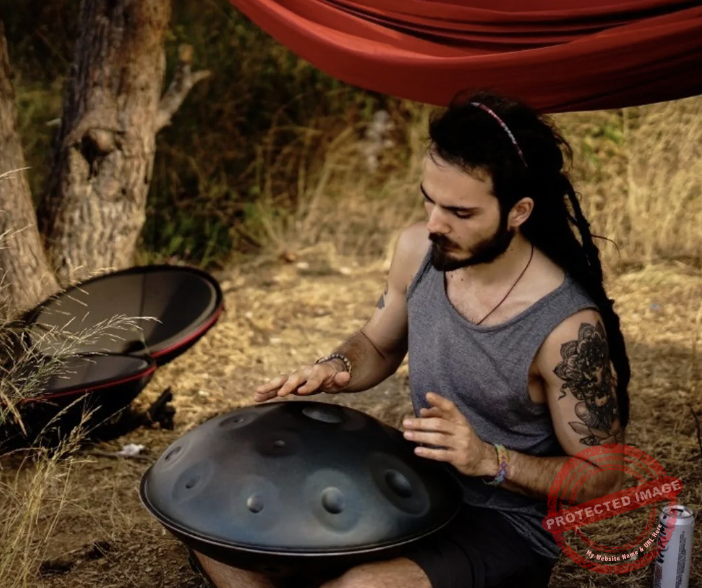
Berk Öztuna, a musician from Istanbul, is skilled in handpan, percussion, and guitar, performing and recording his own compositions globally. With expertise in music production and audio technology, he integrates virtual instruments and sound design tools seamlessly into his work. He also writes insightful articles on music production and gear for platforms like Plugin Noise and shares his music on Spotify and Instagram.
DONATE: Love our content? Help us keep Plugin Noise alive in the age of AI — Your donation fuels better content for music creators like you! You can donate here: pluginoise@gmail.com (Every amount counts.)
